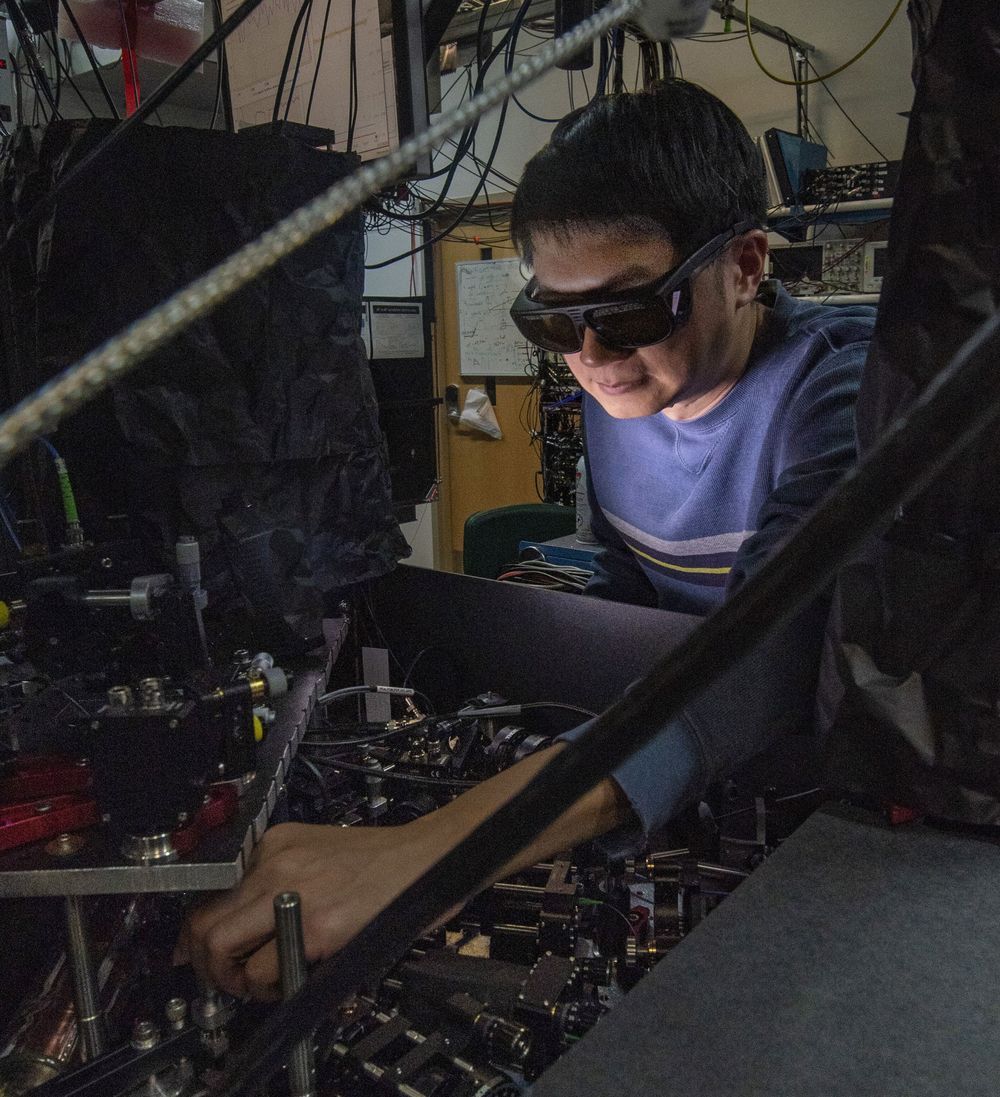In an innovative study, Radboudumc and LUMC jointly tested a candidate vaccine based on a genetically weakened malaria parasite. The results of this clinical trial, published in Science Translational Medicine, show that the vaccine is safe and elicits a defense response against a malaria infection.
Malaria is a major infectious disease, caused by a parasite with a complicated life cycle in humans and mosquitoes. The first stage in humans takes place in the liver, the second in the blood. Since the liver phase does not cause any symptoms of disease, but the blood phase does, the purpose of the vaccine is to stop the parasite in the liver.









